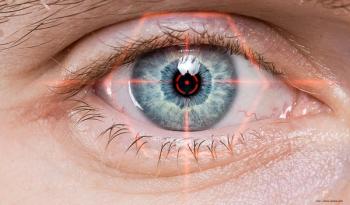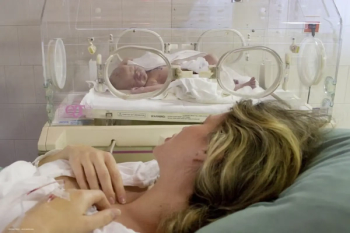
Substitute for live animal testing approved
Live animal testing for ocular safety in the US is to be replaced with bovine corneal opacity and permeability (BCOP) and isolated chicken eye (ICE) assays, which do not involve the use of live animals. These alternative tests are scientifically valid and have acceptance as testing methods from regulatory agencies the Food and Drug Administration (FDA) and the Consumer Product Safety Commission (CPSC).
Live animal testing for ocular safety in the US is to be replaced with bovine corneal opacity and permeability (BCOP) and isolated chicken eye (ICE) assays, which do not involve the use of live animals. These alternative tests are scientifically valid and have acceptance as testing methods from regulatory agencies the Food and Drug Administration (FDA) and the Consumer Product Safety Commission (CPSC).
The new methods are to be implemented following the recommendations of the Interagency Coordinating Committee of the Validation of Alternative Methods (ICCVAM), a permanent interagency committee comprised of representatives from 15 US federal regulatory and research agencies, all of which are involved in the use, generation or dissemination of toxicology testing information. ICCVAM made the recommendations, which were forwarded to regulatory agencies for approval in October 2007, following comprehensive assessment of four alternatives to live animal testing. The committee believes that the BCOP and ICE assays are sufficient to determine severe or irreversible damage to exposed eyes.
ICCVAM believes the new recommendations will reduce the need for live animal testing in no less than 10% of cases, and tests of substances most likely to cause severe pain or discomfort will now no longer require live animal models. Products tested under the BCOP or the ICE assays will proceed to live animal testing only in the case of a negative result.
The committee’s aim is to introduce a range of alternative testing methods to accomplish the “3Rs” (reduce the number of animals used in testing; refine procedures so that animals experience less pain and distress; replace animals with non-animal systems) and the ultimate goal is to use several non-animal systems to develop an integrated testing system.
ICCVAM is now seeking to have the new guidelines introduced in the other 29 member countries of the Organization for Economic Co-operation and Development (OECD), which includes Japan and most EU countries.
Newsletter
Get the essential updates shaping the future of pharma manufacturing and compliance—subscribe today to Pharmaceutical Technology and never miss a breakthrough.













































